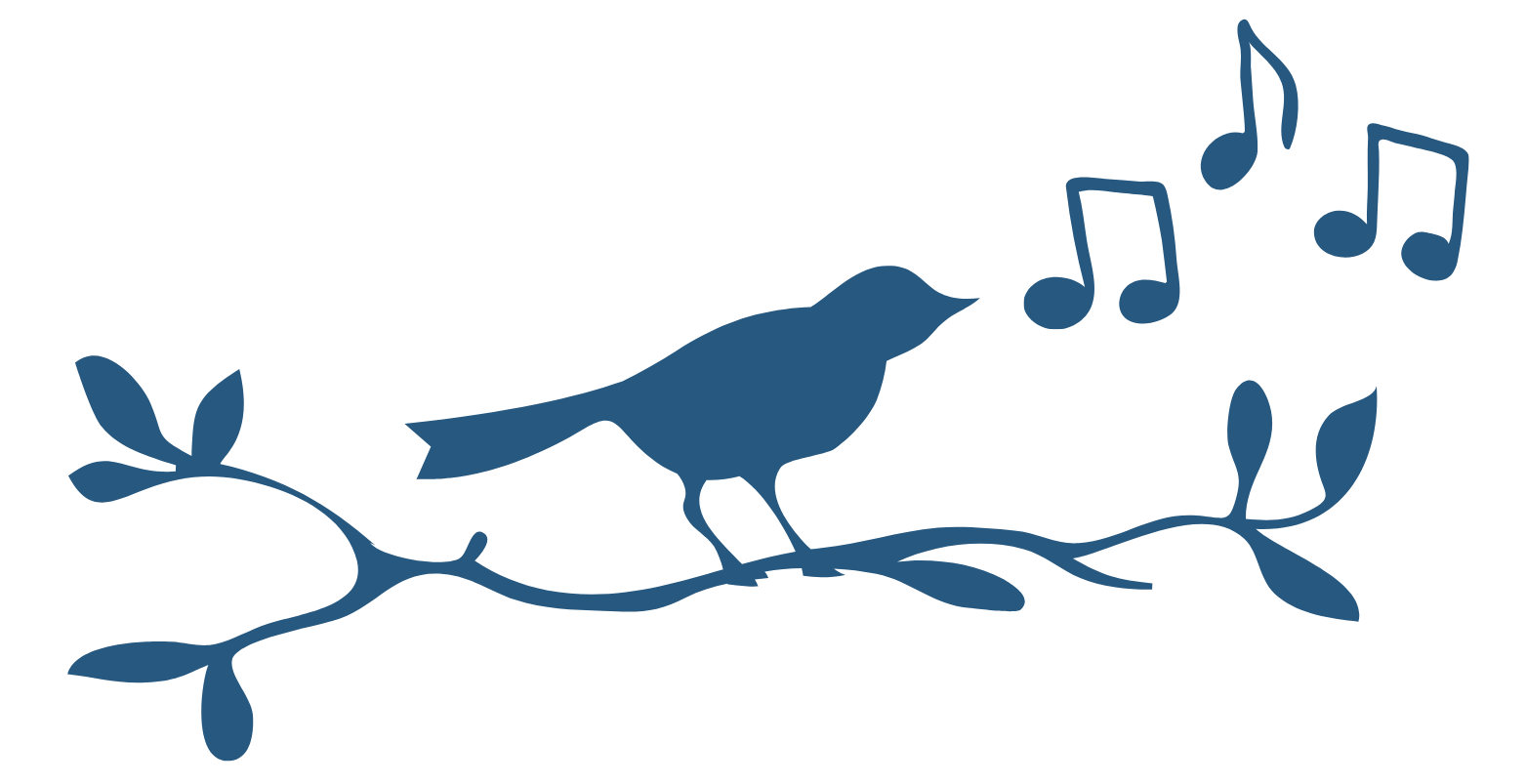How Long Does it Take to Learn Vibrato Singing?

When used correctly, vocal vibrato can add something beautiful to a performance. But for some, this controlled wobble in the voice does not come naturally. For those wondering how long it takes to learn vibrato singing, I have outlined what you can expect in the article below.
Vibrato is a byproduct of strengthening and controlling the muscles in the larynx. For beginner singers, vocal vibrato may come naturally after 10-15 lessons with a good singing teacher. For those that already have control over pitching a note, vibrato can develop with hard work within a week.
I will explain more about why vibrato takes longer for some people to learn. I will also explain the physiological principles behind why I believe anyone can learn to sing vibrato.
How Long it Takes to Learn Vibrato Singing
Some singers believe that vibrato is something that comes with time, claiming time-frames of up to 12 years. But don't be disheartened. Others claim that it is the byproduct of a good singing teacher, requiring as little as 10-15 lessons. In order to unpack which of these claims is true, I'll start with what vibrato actually is.
What is Vibrato Singing?
Vocal vibrato is the variation in pitch when holding a particular note while you sing. According to spectogram studies of vibrato in the voice, this variation is approximately 3/4 of a semitone above and below the pitch. The average frequency of the 'vibrato wobble' is 6 variations of pitch per second.
True vibrato is controlled by the muscles in your larynx. It does not require any external force to cause the voice to wobble. Other ways of varying your pitch is by pressing your stomach when holding a note (diaphragmatic vibrato) or by shaking their voice box with their hand or wobbling their jaw. None of these 'cheat' methods are true vocal vibrato.
Can Anyone Sing Vibrato?
Vibrato singing is a simple physiological process in the body. According to research, the vibrato sound occurs when different muscles in the throat pull against each other equally. These opposing forces cause the vocal tremor we know as vibrato.
To observe this muscular tremor in your hand, try stretching your fingers out as far as you can for 20 seconds. You should notice that your hand starts to shake slightly with the effort. This is a natural response of the body.
So, just like anyone can sing with lessons, anyone can learn to use their vibrato by strengthening all the muscles in their larynx.
Why do Some People Struggle to Develop Vibrato?
The reason some people cannot 'find' their vibrato is simply because they haven't strengthened all the muscles in their voice box. Once you learn to control these muscles, you will find that vibrato singing comes naturally. This offers us an explanation for why some people only find their vibrato after finding a good singing teacher.
So How Long Does it Take to Learn Vibrato?
Therefore, if you are willing to put in the effort of exercising your voice, you may even develop your vibrato within a week. The key is to exercise your voice regularly with a well-rounded selection of vocal exercises. For a great range of exercises, click here.
The time is takes to learn vibrato also depends on how strong and controlled your muscles are to begin with. If you have never sung a day in your life and really struggle to pitch a note, you will find that you need more time.
Once you can pitch a note, you should be able to work on your vibrato. This is why, for some people, vibrato will come after 10-15 lessons with a good singing teacher.
Basic Exercises to Find Your Vibrato
For some people, vibrato comes naturally, but this does not mean that it is a skill you are born with. As I mentioned earlier, it is a natural byproduct of strengthening opposing muscles in the voice box.
In addition to the exercises mentioned above to control your vocal cords, you can try the exercises below to get yourself familiar with pitch variations in your voice.
Jaws Theme Song
The Jaws theme song (below) is a classic demonstration of a semitone variation in pitch. If you can pitch these two notes, try the following exercise while humming ('mmmm').
Exercise 1
Cycle between the two notes from the Jaws theme, or any two notes that are one semitone apart. Do this over and over again to an 'mmm' sound. Slowly get faster until you develop a wobbling sound. Then try the same with an 'ah' sound.
Scary Ghosts
Another exercise is taking a sound that we already know and use it to practice varying our pitch. A classic example is the scary ghost 'ooooo' (see below).
Exercise 2
Try copying the ghost 'oooo' sound (with the wobble). Practice the same sound, but with different pitches and speeds.
Once you have the hang of this, try making the sound prettier with 'la'.
